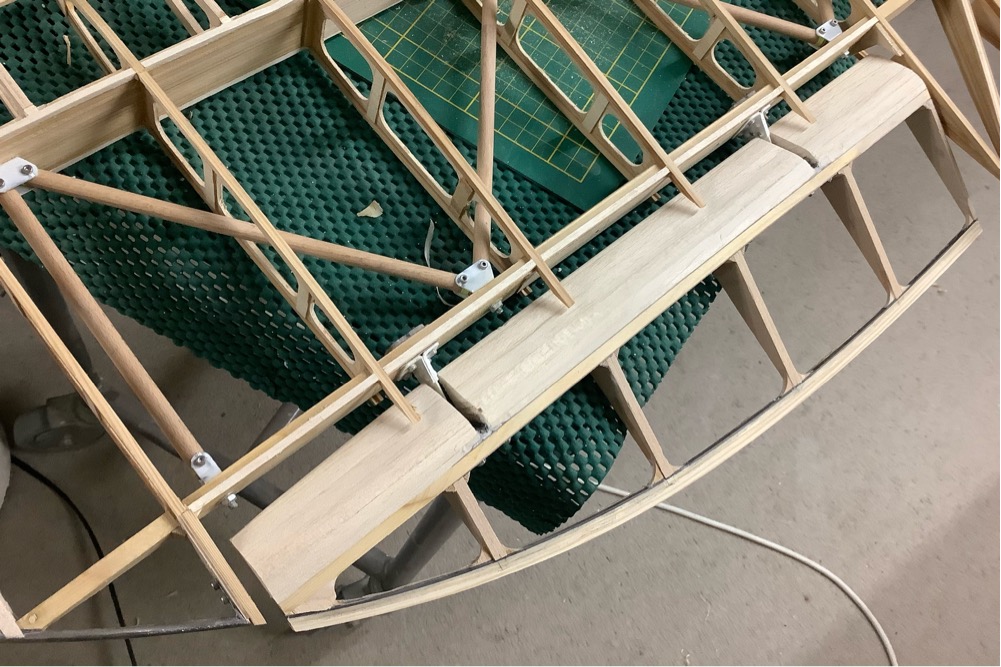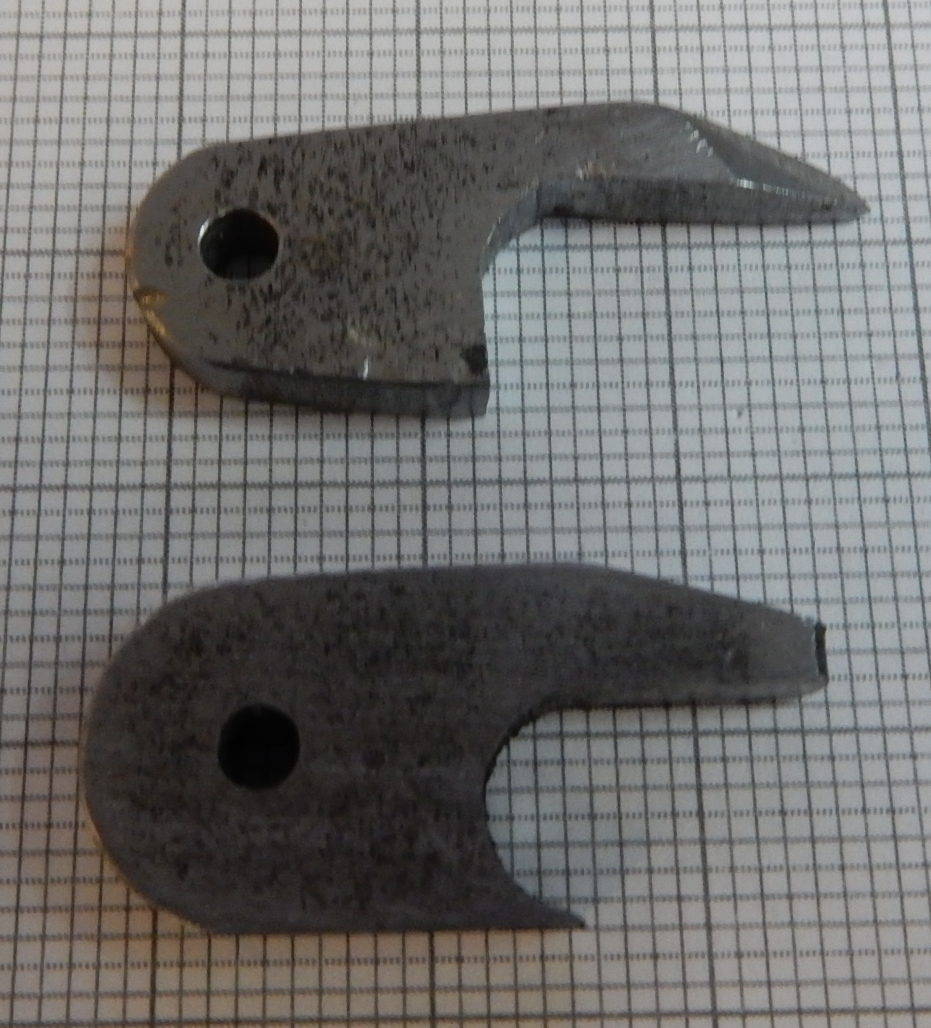Tag: wing
-

Change of format
I’m going to make one post a week, and add all the stuff I do in this post. Unless I change me mind. I wondered how long I have been working on this: looks like first metal was cut in June 2019. Not bad. Before going too far I thought it would be a good…
-
tip-work
After glueing the trailing edge wood (not shaped to final yet!) it was time to do a bit of tube-bending. It’s 4 mm tube, and for the life of me, I don’t know why it is so soft. Almost feels like copper tubing. Never mind, just try to match the shape. Trying to hold the…
-
when metal meets wood..
Making sure wing mates with the fuselage.. And a single 3.18mm pin does secure it to the fuse. Not much to say, just wanted to see how it looks. After this pic was taken, I glued in a bunch of false nose ribs.
-
there’s no way back..
The ribs trimmed to size (sort of) Even at this stage the wing is very stiff. Normally in a balsa/built up wing, it is pretty easy to twist the structure. Due to the way the ribs are built, there is an decent amount of torsional stiffness, even at this stage. Next I have to make…
-
more rib testing
If in doubt do it the Paolo way 😉 . Success guaranteed! The full size cap-strips for the ribs are 1/4 x 1/4 pine. Scaled down that translates to 2.12 mm square. That is just too small for my fingers. The plywood I have (that lite-ply) is 2 mm. I have nice 2 mm mill…
-
making ribs
With the wing spars ready, it’s time to start thinking about the ribs. On these wings, nothing is straightforward, every rib looks different. (which gives it those nice wings 😉 Luckily the designer was smart enough to keep all the ribs up to the aft spar the same, so the only difference is the rear…
-

Wing & u/c attachment hardware
The plans call for square tubing for mounting the wings, but you guessed it, not available in the size I want, not even close. Here I have to deviate from the plans and make something that will look the same, but is something I can make. At stations 31 and 51 I added the normal…
